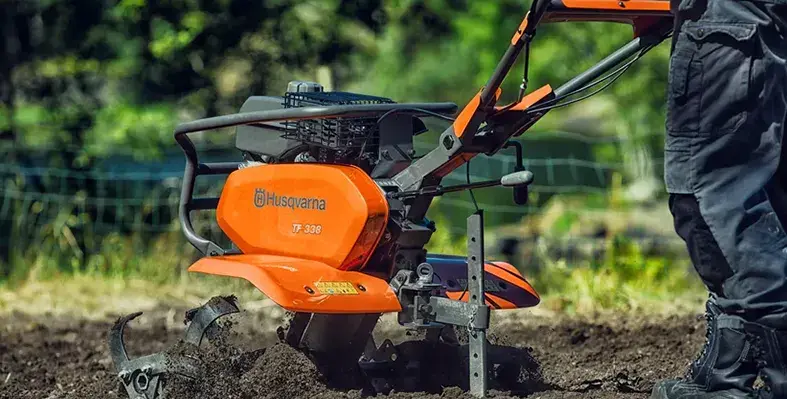Brad Barthorpe, Sales Manager Distributors Africa for Husqvarna South Africa,says that it is not just about clearing ground, it’s about understanding your terrain,choosing the right tools, and setting up conditions that give crops the best possible start.“If you treat your soil well, it will pay you back with healthy plants and stronger yields.”
Healthy soil is the heart of successful farming. Whether you’re growing vegetables on a small plot or managing a larger field, the way you prepare your soil will determine how well your crops perform. Good preparation helps roots spread freely, improves water movement, and boosts nutrient availability, while poor timing or overworking the land can undo months of hard effort.
Soil has its own natural structure made up of different layers that support life beneath the surface. Digging too deep or tilling too aggressively can break these layers and damage the balance that healthy plants depend on. In most cases, loosening just the top 5 to 8 centimetres of soil is enough to create what’s known as a “fine tilth” — a loose, crumbly texture that allows roots, air, water, and nutrients to move freely. For small plots or gardens, lightweight tillers and cultivators are perfect tools to reduce compaction while keeping the sub-soil intact.
Timing is equally important. Working the soil when it’s too wet can cause clods and structural damage, while working it dry leaves only dust. The best test is simple: squeeze a handful of soil — it should hold its shape lightly and then crumble apart. Early spring, when the ground is warm but not saturated, usually offers the ideal conditions for soil preparation.
Sometimes, deeper tilling becomes necessary, especially when poor drainage, restricted root growth, or compacted layers known as “hardpan” are present. In such cases, a sturdy rear-tine tiller can help. Start with a shallow pass to break the surface crust, then go deeper to loosen the lower layers. Always work in straight, consistent lines and let the machine’s own weight do the job. On sloped land, till across the slope to prevent erosion and water run-off.
For soils already in good health, minimal or no-dig methods work beautifully. Simply layer compost, manure, or mulch on top, allowing worms and microbes to mix it naturally. Always clear stones and debris before working, wear proper safety gear, and keep bystanders safe.
“Healthy soil is the starting point of every harvest,” notes Barthorpe.“With seasonal timing, sound technique, and the right tools, like those from Husqvarna, land preparation shifts from chore to investment,” he concludes.








